Ground shipping is currently paused. Local deliveries throughout Long Island will continue as usual. Pre-orders for fall are now open. Non-local orders will begin shipping again in early September. Click here to learn more.
Ground shipping is currently paused. Local deliveries throughout Long Island will continue as usual. Pre-orders for fall are now open. Non-local orders will begin shipping again in early September. Click here to learn more.
| Size | |
|---|---|
| Common Name | |
| Type | |
| Family | |
| Native? | |
| Zone | 5, 5b, 6, 7, 8, 8b |
| Height Range (ft.) | 15.00 to 30.00 |
| Spread (ft.) | 15 to 20 |
| Bloom Time | |
| Bloom Description | Clusters, maranta-like flowers, purple to maroon, strong odor |
| Sun | |
| Water | |
| Maintenance | |
| Suggested Use | |
| Tolerate | |
| Growth Rate | |
| Attracts |
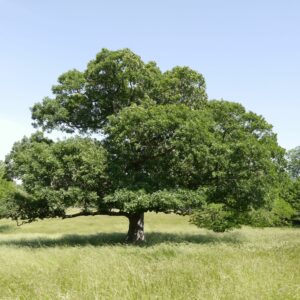
Asimina triloba is a small native tree with tropical-looking leaves and custard-flavored fruit, ideal for edible and ecological landscapes.
$12.99 – $45.99Price range: $12.99 through $45.99
Please note: Sizes 1.5 Gallon and up can’t be shipped outside the counties of Nassau, Suffolk, and Queens.
Learn more about how the process works and how our plants are delivered.
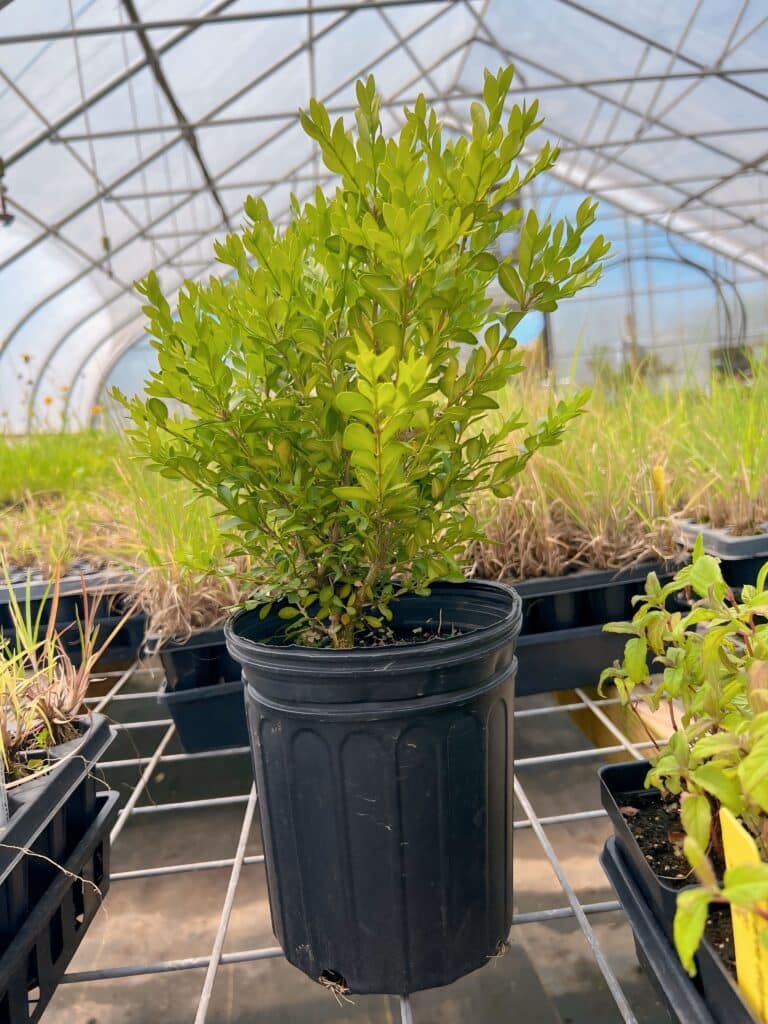

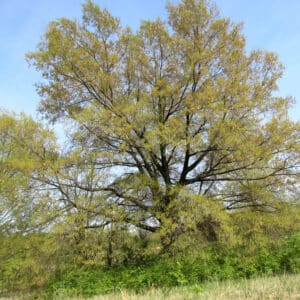
Ground shipping is paused due to summer heat. Only local delivery (Long Island & Queens) is available. Orders placed during the pause will begin processing September 1, and ground shipping will resume September 15.
| Size | |
|---|---|
| Common Name | |
| Type | |
| Family | |
| Native? | |
| Zone | 5, 5b, 6, 7, 8, 8b |
| Height Range (ft.) | 15.00 to 30.00 |
| Spread (ft.) | 15 to 20 |
| Bloom Time | |
| Bloom Description | Clusters, maranta-like flowers, purple to maroon, strong odor |
| Sun | |
| Water | |
| Maintenance | |
| Suggested Use | |
| Tolerate | |
| Growth Rate | |
| Attracts |
Asimina triloba, commonly known as Paw Paw, is a unique native understory tree prized for its tropical-looking foliage and custard-like fruit. Growing 15 to 30 feet tall, this small deciduous tree forms a pyramid-shaped crown and thrives in moist, well-drained soils. In spring, it produces deep maroon flowers before leaf-out, followed by large, greenish-yellow fruits in late summer that resemble mangoes and taste like banana or custard. Paw Paw trees are ideal for edible landscapes, native plant gardens, and wildlife habitats, offering ecological value along with a truly unusual harvest.
Edible native fruit: Produces sweet, custard-like fruit with tropical flavor
Exotic look: Large, drooping leaves lend a lush, tropical feel
Supports biodiversity: Host plant for the zebra swallowtail butterfly
Sun exposure: Best fruiting in full sun; tolerates partial shade
Soil needs: Prefers moist, well-drained, slightly acidic soil
Maintenance: Low—mulch to conserve moisture; cross-pollination needed for fruit
Edible landscapes: A beautiful and productive native fruit tree
Woodland edge: Blends naturally with forest plantings or wild gardens
Pollinator gardens: Spring blooms attract flies and beetles, essential pollinators
Native habitat: Supports native insects and serves as host plant for butterflies
Wildlife food source: Fruit attracts mammals and birds
Soil stabilizer: Root system helps with erosion control along streambanks and lowlands
/5
Total reviews
|
|
Persons recommended this product
Anonymous
Shopper
check_circle Verified
Shop owner replied
Was this helpful
Anonymous
Shopper
check_circle Verified
Shop owner replied
Was this helpful
There are no reviews yet.
Be the first to review “ ”
Your feedback helps us improve our service.
Please log in to submit a review.
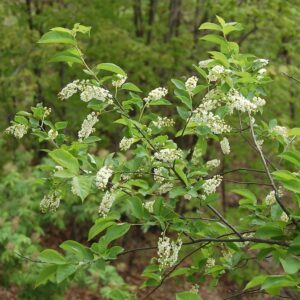
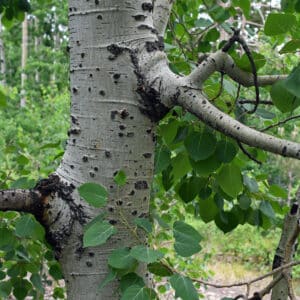
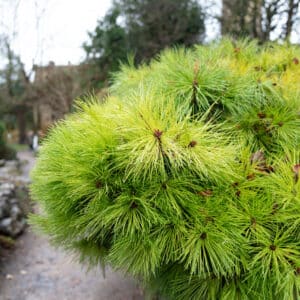
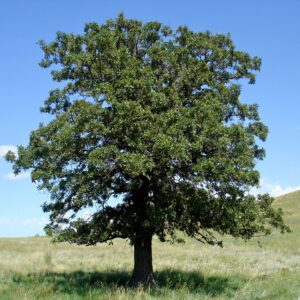
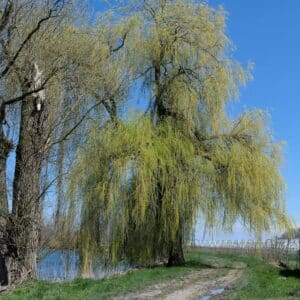
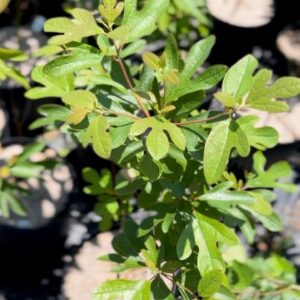
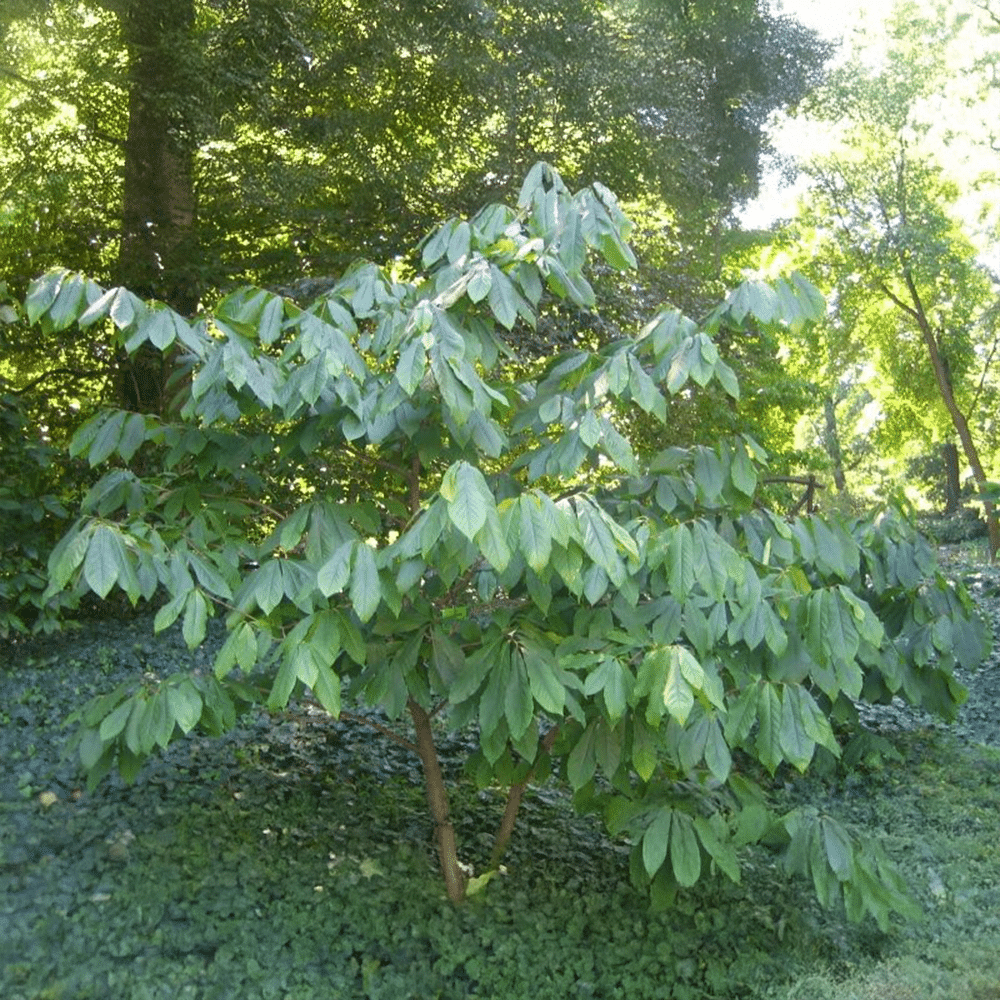
Yes. Asimina triloba is native to the eastern and southeastern United States, typically found in wooded floodplains, riverbanks, and lowland forests. It is the largest edible fruit native to North America and plays an important role in native woodland ecosystems.
Yes. Pawpaw trees produce large, tropical-looking fruits that ripen in late summer to early fall. The fruit has custard-like flesh with a flavor similar to banana, mango, or melon. It is edible fresh or used in baked goods, ice cream, and preserves.
Pawpaw trees typically grow 15 to 30 feet tall and 10 to 15 feet wide, forming a small, pyramidal understory tree. They are often multi-stemmed or clump-forming and are well-suited for naturalized plantings, edible landscapes, and forest edges.
Pawpaw trees thrive in full sun to partial shade, with deep, moist, well-drained soil rich in organic matter. They prefer sheltered locations when young and are hardy in USDA zones 5 through 9. While tolerant of some shade, they produce more fruit in full sun.
Yes. The maroon spring flowers are pollinated by flies and beetles, and the fruit is eaten by wildlife such as raccoons, opossums, and foxes. Pawpaw is also the exclusive host plant for the Zebra Swallowtail butterfly, making it an important species for native insect conservation.
Our gift cards make it easy to share the beauty of plants, flowers, and all things green. Whether for a special occasion or just because, give the gift of choice and let them select their favorites to create a garden they’ll cherish.
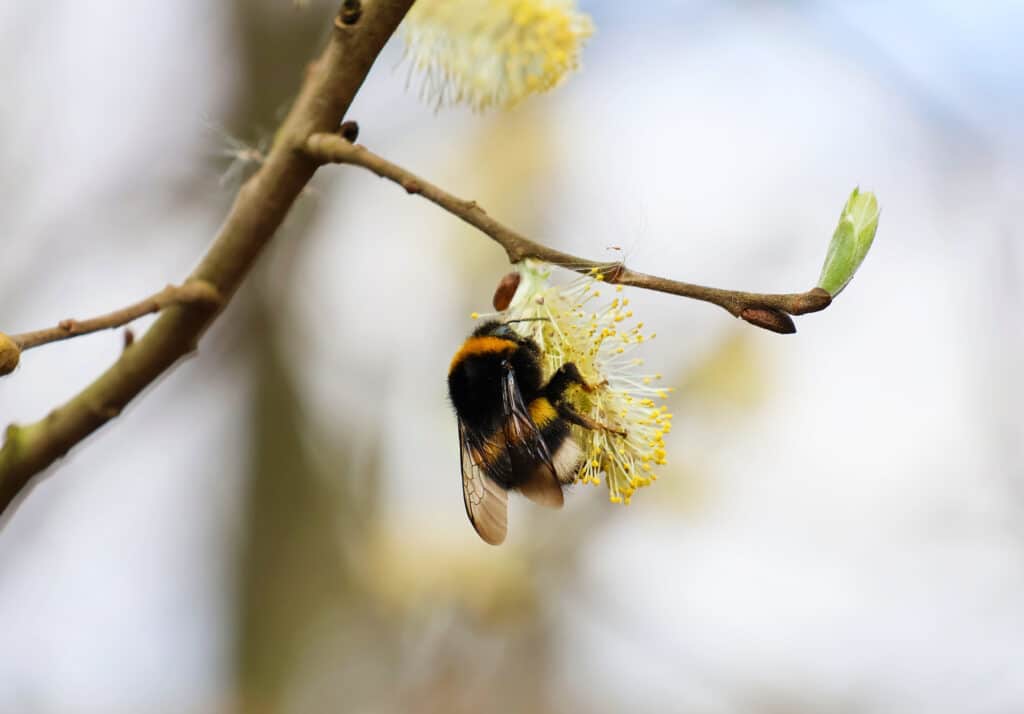
Only Local Delivery Available (Long Island & Queens)
Ground Shipping Paused
To protect our plants from extreme summer heat, we’ve paused nationwide ground shipping to avoid any damage during transit.
Local Delivery Only
We’re still delivering locally to Long Island and Queens, so nearby customers will continue to receive orders as usual.
Fall Pre-Orders Are Open Nationwide!
We will resume normal shipping for non-local orders placed during the pause in early September.
Thank you for your support and understanding—we’re looking forward to growing with you this fall!